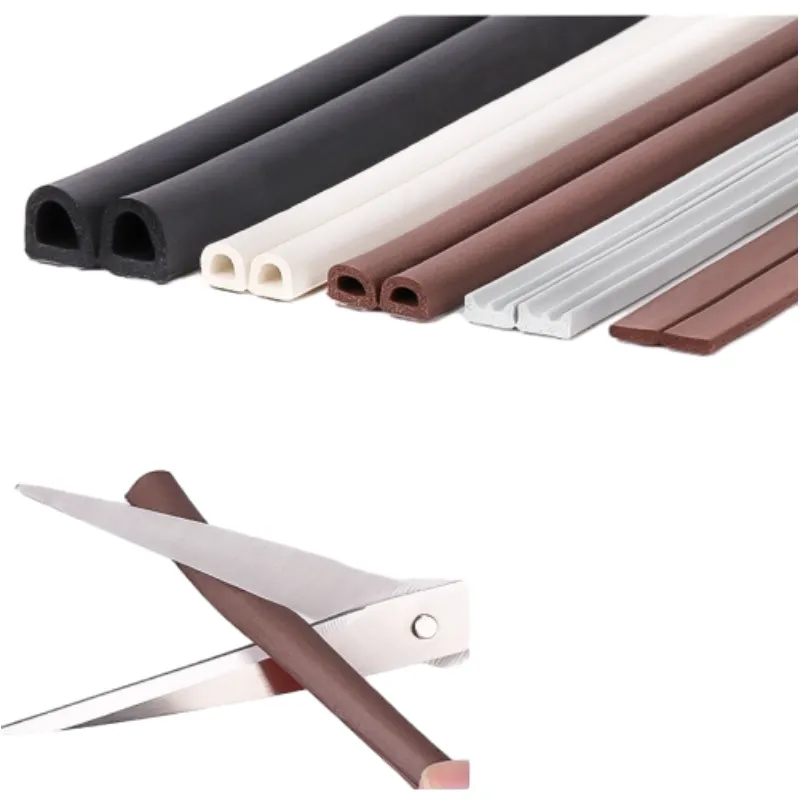Effective Solutions for Bottom Seal Door Optimization and Maintenance Techniques
Understanding Bottom Seal Doors An Overview
Bottom seal doors are a crucial component in the design of effective entryways in various buildings. These doors are equipped with seals at the bottom edge, which serve multiple purposes ranging from energy efficiency to enhanced security. In this article, we will explore the importance, benefits, and considerations of bottom seal doors.
What Are Bottom Seal Doors?
Bottom seal doors are specially designed doors that feature a sealing mechanism along the bottom edge. This seal can be made of various materials, including rubber, vinyl, and metal, serving to close the gap between the door and the floor. The primary function of these seals is to prevent air leaks, moisture intrusion, dust accumulation, pests, and noise, creating an ideal environment indoors.
Benefits of Bottom Seal Doors
1. Energy Efficiency One of the standout benefits of bottom seal doors is their contribution to energy efficiency. These seals reduce the amount of conditioned air that escapes from the building, minimizing the strain on heating and cooling systems. Consequently, this leads to lower energy bills and a smaller carbon footprint.
2. Moisture Control Bottom seals act as a barrier against moisture. In areas prone to rain, snow, or high humidity, a good seal will prevent water from seeping inside, protecting flooring and reducing the risk of mold or structural damage.
3. Pest Deterrence Many pests, including rodents and insects, can enter through small gaps beneath doors. Bottom seals help to close these openings, acting as a deterrent and maintaining a clean, safe environment.
4. Noise Reduction For commercial buildings or homes located in noisy areas, bottom seal doors can help to minimize sound transmission. The seals create an additional barrier, significantly reducing the amount of exterior noise that can disturb the indoors.
bottom seal door

5. Enhanced Security A bottom seal can also enhance the overall security of a building. While it might not be a replacement for locks and other security measures, an effective seal can close potential points of entry for intruders.
Choosing the Right Bottom Seal Door
When selecting a bottom seal door, several factors should be considered
- Material The material of the door and the seal itself will determine the durability and effectiveness. Common options include wood, steel, and fiberglass. The material should be chosen based on the specific environmental conditions and security needs.
- Type of Seal There are various types of seals, including sweep seals and automatic door bottoms. A sweep seal is applied to the door’s edge, while an automatic door bottom deploys when the door is closed, creating a tight seal. Consider which type best suits your specific requirements.
- Installation Proper installation is key to maximizing the effectiveness of bottom seal doors. It is advisable to hire a professional for installation to ensure that the door is appropriately aligned and that the seal functions correctly.
- Maintenance Regular maintenance is essential to maintain the effectiveness of bottom seals. Inspecting for wear and tear, as well as ensuring the seals are clean, will prolong the life of both the door and the seal.
Conclusion
Bottom seal doors offer a multitude of benefits that enhance the overall functionality and efficiency of a building. From energy savings to pest control, these doors play a vital role in ensuring comfort and security in both residential and commercial settings. By understanding the various types and choosing the right options based on individual needs, property owners can make a significant investment in their building’s integrity and operational efficiency. Whether you are upgrading an existing door or installing a new one, bottom seal doors are a worthy consideration for any building project.
-
Under Door Draught Stopper: Essential ProtectionNewsJul.31,2025
-
Garage Door Seal and Weatherstrips for ProtectionNewsJul.31,2025
-
Edge Banding Tape for Perfect EdgesNewsJul.31,2025
-
Table Corner Guards and Wall Corner ProtectorsNewsJul.31,2025
-
Stair Nose Edging Trim and Tile Stair SolutionsNewsJul.31,2025
-
Truck Bed Rubber Mats for Pickup BedsNewsJul.31,2025
-
Window Weather Stripping for Noise ReductionNewsJul.29,2025